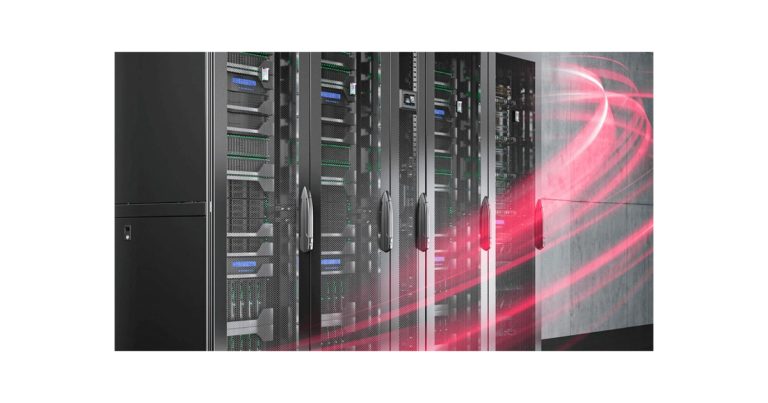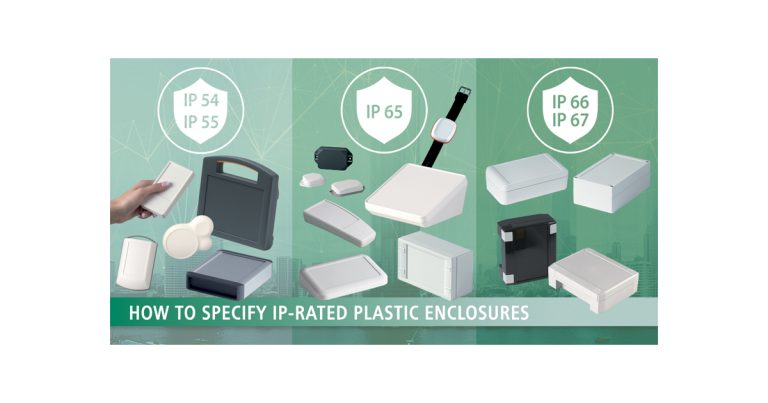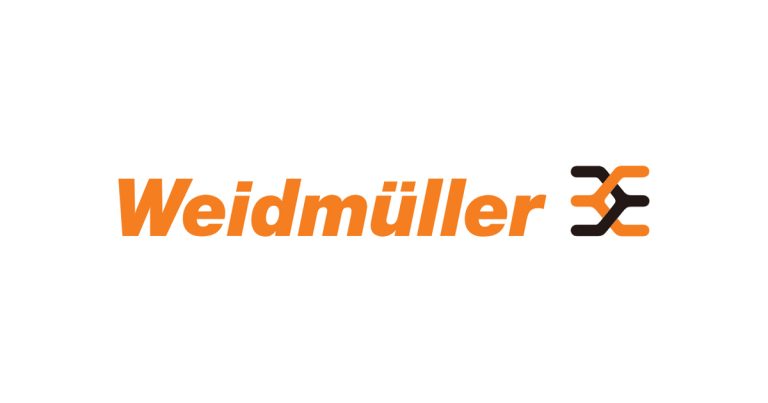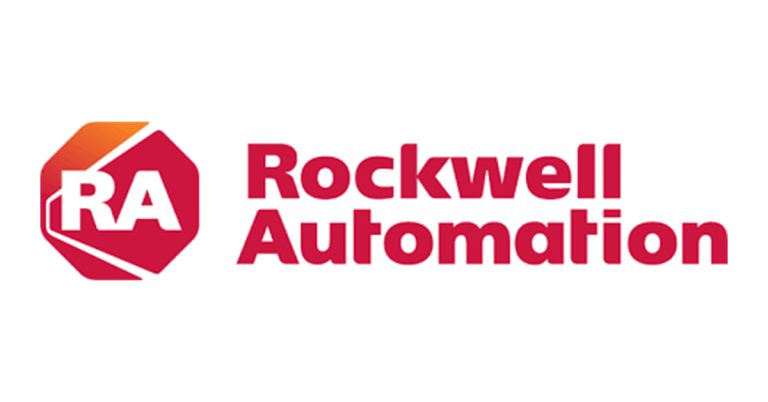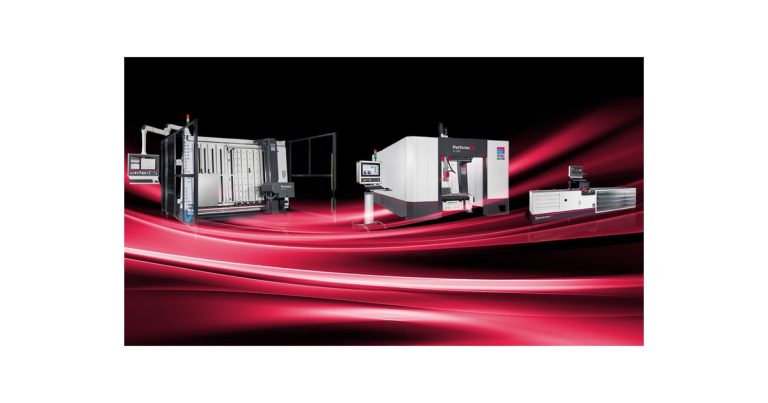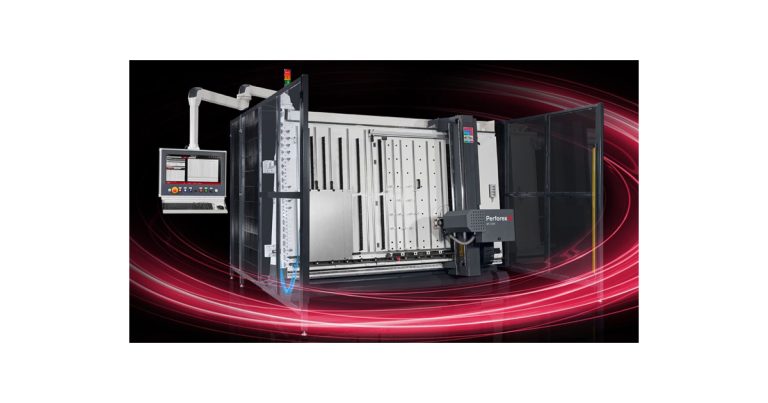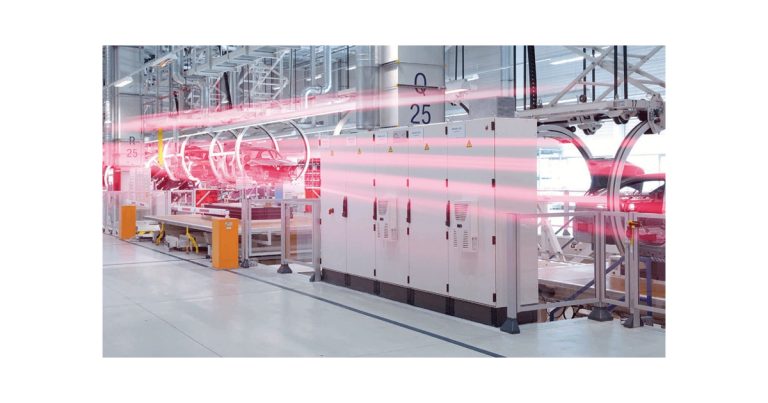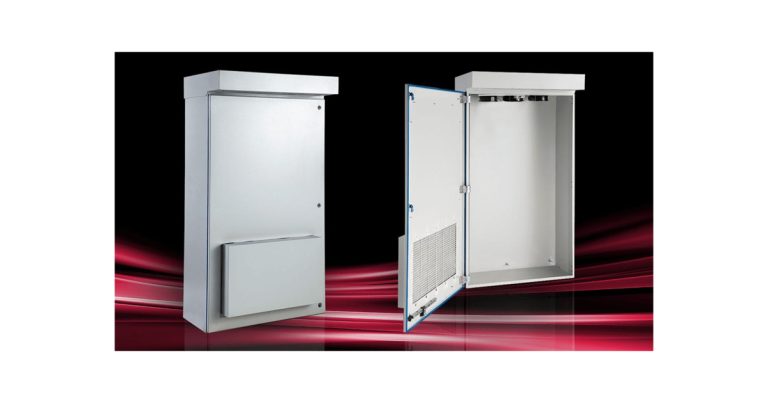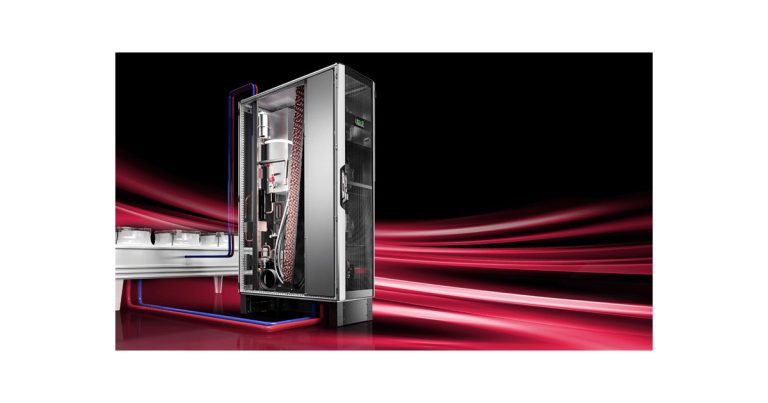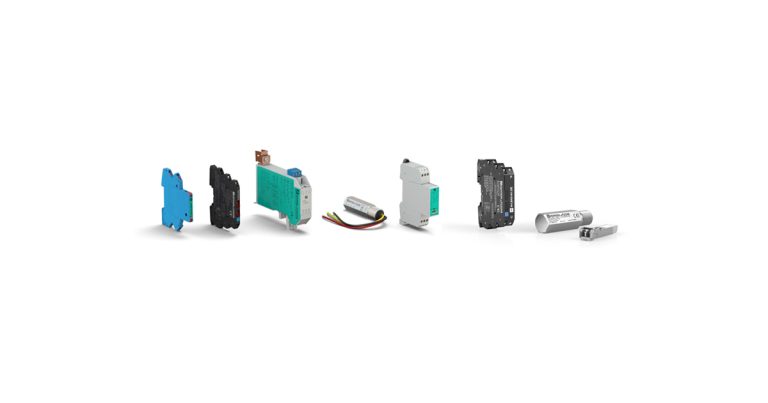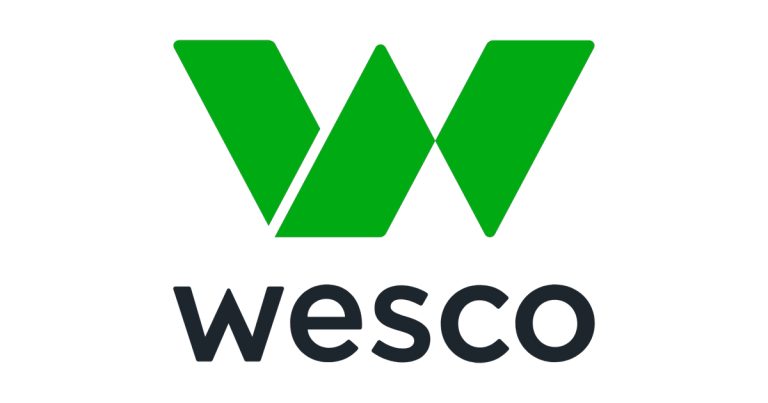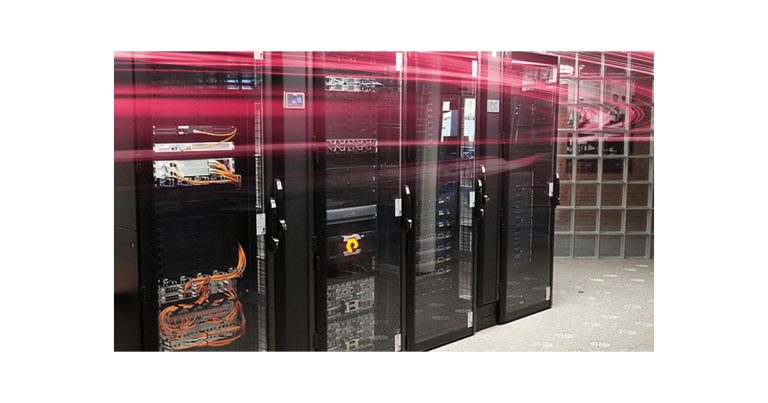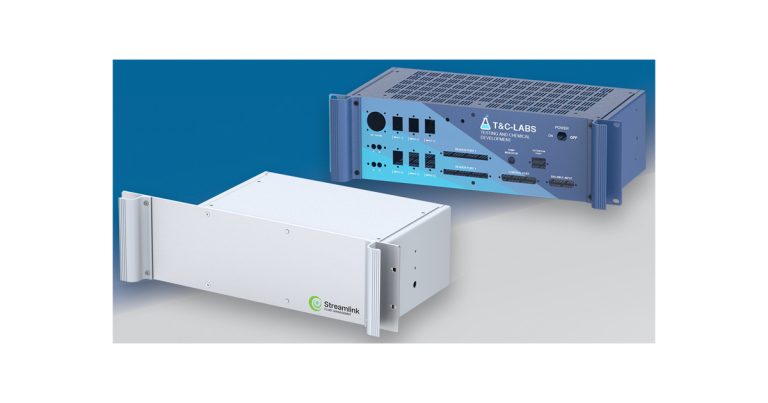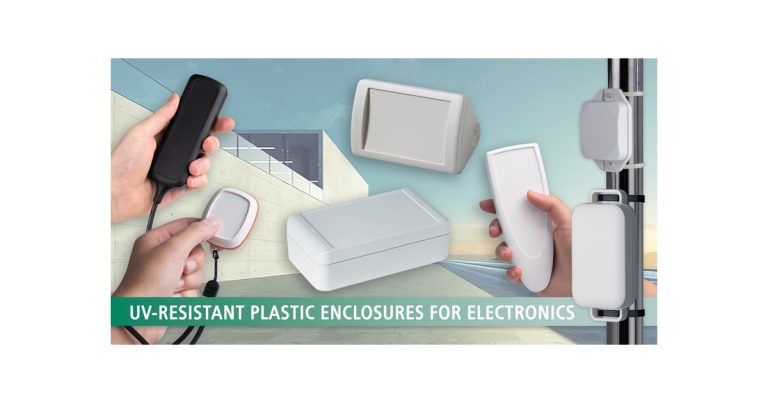Get Ready for Regulations Around Data Center Energy Efficiency
The number of data centers across the globe is increasing. While this is good news for data center engineers, it does pose a significant operational challenge when it comes to the amount of energy required to power these IT facilities. This, in turn, will require new regulations to be put in place. The International Energy Agency (IEA) reports that data centers account for about 1% of global energy demand. But by 2030 it’s estimated that the demand for data center energy will increase by more than 160%. In the U.S. alone, data center workloads are expected to increase by 10% annually through 2030, and this means more energy necessary to power this kind of advanced computing.

